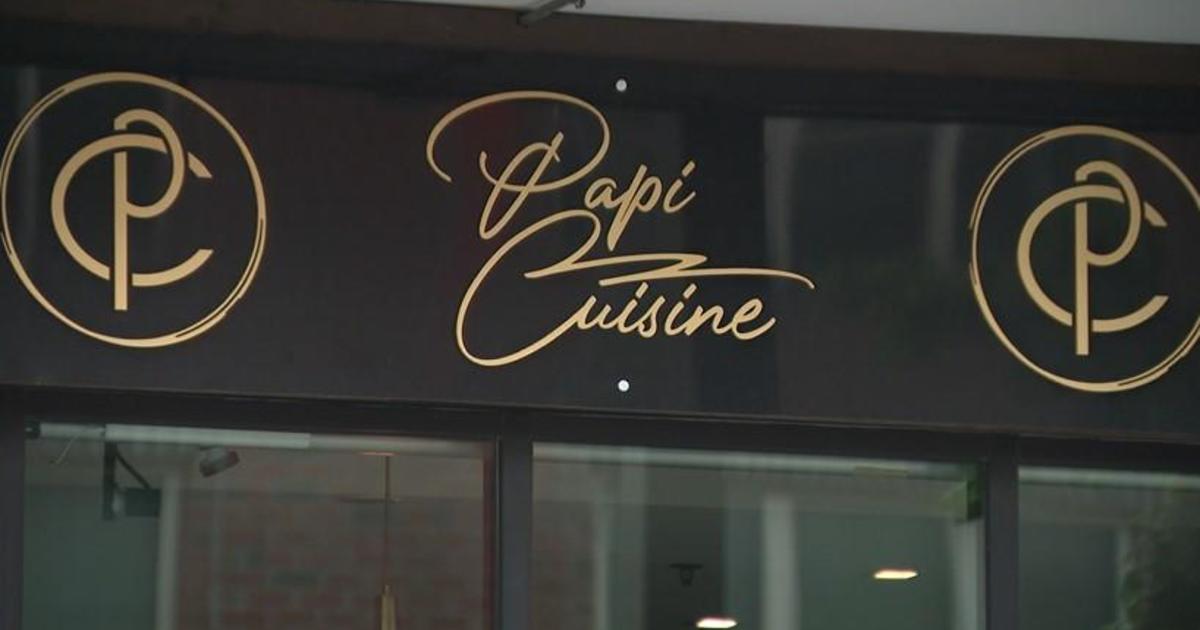New study shows UV nail dryers could cause serious skin mutations
BALTIMORE - A new study found radiation from nail dryers may damage DNA and breed cancer-causing mutations in human cells.
For many women, gel manicures are a part of routine maintenance.
Some get them as often as every other week.
But a recent study sheds light on what could be happening to your cells while your nails are drying under the ultraviolet lamps.
Gel manicures is a popular way to add lasting color and shine to your nails.
It uses special compounds to create harder, longer-lasting nail polish.
The gel nails are hardened or "cured" under a dryer that uses ultraviolet light.
The recent study conducted by the University of California San Diego found those UV dryers damage cells and cause mutations typically seen in skin cancer.
"Any kind of mutation can change the programming of a cell and that cell can now become instead of normal functioning, may start to divide rapidly, and may start to go on the path that's toward a cancer cell," said Dr. Tola Oyesanya, a dermatologist from Kaiser Permanente.
In the laboratory cells they analyzed, 20 to 30 percent died after one 20-minute session of exposure to the UV dryers.
Three consecutive 20-minute sessions of exposure resulted in 65 to 70 percent cells dying.
Researchers began looking into the safety of UV dryers when Karolina Jasko - a pageant queen from Illinois- made headlines after she was diagnosed with melanoma under her thumbnail.
Her doctors suspected a combination of genetics and her frequent use of UV nail dryers.
Melanoma is the most serious kind of skin cancer and can be deadly if it spreads.
Dr. Oyesanya said she's seen plenty of similar cases, though they can't be definitively linked to UV nail dryers.
She said skin cancer under the nail can be difficult to treat.
Doctors may need to remove the nail or in severe cases - amputate at least a portion of the finger.
"We've seen that with squamous cell skin cancers, we've seen that with melanomas, and I definitely have several patients who have had to have amputations due to these skin cancers," Dr. Oyesanya said.
Jasko's nightmare began when her nail tech noticed a line under her thumbnail.
Then it became painful and inflamed.
Dr. Oyesanya said any spot that doesn't go away in about a month needs to be investigated.
"You're looking for a brown spot, a red spot that doesn't heal, something that extends all the way down to the cuticle," Dr. Oyesanya said. "Those are all warning signs.
She said people with a family history of skin cancer or fair skin are more at risk.
The Food and Drug Administration is now reviewing the study's findings.
The FDA currently considers UV nail dryers as low risk when used as directed.
However, the study is enough to make some women reconsider their routine.
Dr. Oyesanya said more research is needed to determine the risk level of UV nail dryer, but added it's a good rule of thumb to limit your exposure to UV rays where you can.
"Looking forward to more studies, looking forward to more information to help educate the public about their potential risk," Dr. Oyesanya said.
Dr. Oyesanya said the next time you visit the dermatologist for a skin cancer screening, make sure you take your nail polish off so your doctor can check for signs.



